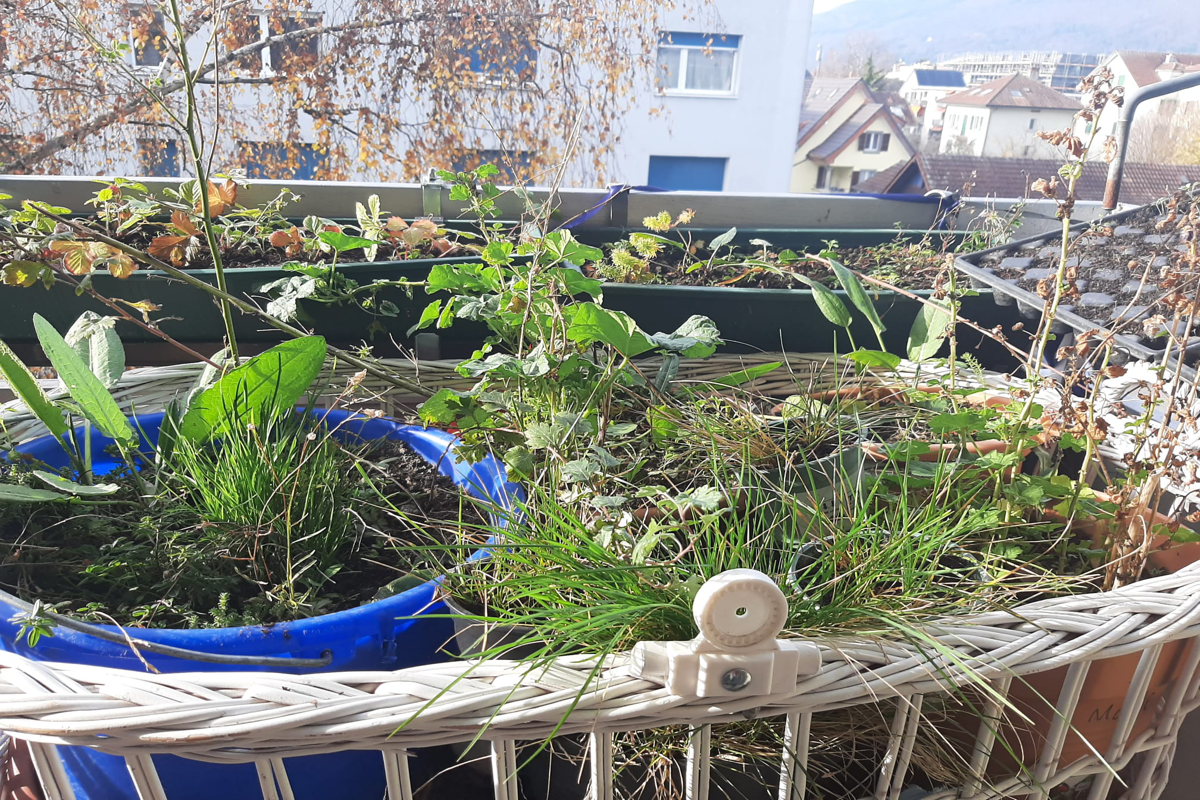Conclusion
Contents
3. Conclusion¶
3.1. Mitigating biodiversity loss is going to be key 🐝¶
Globally, we have already lost a significant amount of biodiversity and we risk losing much more in the years ahead: even common plant species are becoming less widespread, and rare species are dissapearing entirely. Preservation must occur on the local level and thus actions should be guided by local data. Fortunately the survey results demonstrate that Biel hosts a number of interesting plant communities that provide a foundation for urban ecosystems thanks to the management of the city of Biel/Bienne. The vast majority of species in the public spaces are native plants, which have a higher value to urban ecosystems, and in some areas, floral resources even appear from February to October ensuring resources are available to the first insects that emerge after the winter. At the same time, it is clear that there are significant improvements that can be made to the nature value produced by urban ecosystems.
# import statements
# os and file types
import os
import sys
import datetime as dt
import json
import csv
import botany_utilities as bot
# images and display
import base64, io, IPython
from PIL import Image as PILImage
from IPython.display import Markdown as md
from IPython.display import display, Math, Latex
animage = bot.display_image_ipython("resources/images/bucket-2.jpeg", thumb=(1200,800), rotates=0)
display(animage)

3.2. 2022 Outlook 🌾¶
The surveys continue in 2022 with some minor changes to the methodology. First, the surveys will only be done with InfoFlora’s excellent mobile applications that make recording plant inventories and determining species convenient and quick. Some data on species density and flowering status will also be recorded and a larger suite of species will be included in the surveys. Some changes to site location and selection will be made with an even stronger focus on covering the diversity of metropolitan Biel, especially areas which were relatively neglected in the first round of surveys. Further an estimation of ground cover of each species will be included this year, as well as a wider array of non-flowering plants and trees.
In order to fully take advantage of all the resources available to make this data valuable, some third party data should be included and the actors responsible should be consulted for their feedback on the report and methodology. This includes primarily InfoFlora, which houses all plant survey data across Switzerland, and the City of Biel/Bienne which manages and publishes excellent local GIS data with a registry of city trees.
The germination experiments will continue as well with a focus on immediately germinating fresh seeds collected this year.